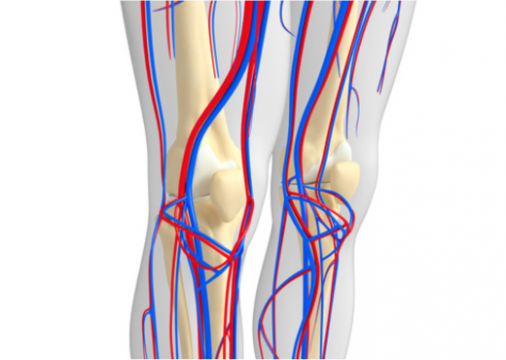Peripheral vascular disease involves multiple areas and, therefore, can have very different presentations (from complete lack of symptoms to disabling symptoms). Depending on clinical presentation, general condition, anatomical localization, and lesion extension, revascularization can be indicated alongside optimal medical treatment.

In 2017, guidelines with indications for revascularization were published; however, maintaining long-term patency can be challenging regardless of the strategy.
The rationale for follow-up is to optimize strategies to reduce the number of cardiovascular events, reduce disease progression, avoid symptom recurrence, and avoid new interventions.
Doppler echocardiography is the cornerstone in the identification of revascularization failure. Other non-invasive methods, such as the ankle brachial index, computerized tomography, or magnetic resonance, can optimize follow-up in specific situations.
Read also: Secondary Prevention: A Responsibility We Should Not Delegate.
In the case of carotid disease, for example, the (still controversial) recommendation is follow-up with Doppler ultrasound at 1 month, 6 months, and 1 year after endarterectomy or angioplasty. Beyond the initial 2 years after revascularization, in the absence of contralateral disease, we can consider follow-up every 2 or 3 years. However, (at least) annual clinical follow-up is mandatory.
In the case of lower limbs treated with vein grafts (also with a lack of solid evidence), we should conduct a Doppler echocardiography between weeks 4 and 6, and also at 3, 6, 12, and 24 months after the surgery. Clinical surveillance is lifelong, particularly for patients with critical ischemia.
If lower limb revascularization was endovascular, the recommendation is a Doppler echocardiography within the first month and, if results are normal, assessment at 6 and 12 months. If the initial Doppler echocardiography is abnormal, such result warrants closer follow-up and case-by-case assessment. Doppler usefulness one year after the intervention in asymptomatic patients has not been proven and, therefore, cannot be recommended as routine surveillance.
Read also: Benefit of Anticoagulation in the Elderly with Atrial Fibrillation.
All these patients must be assessed globally, considering all their risk factors, systematic exercise, and aggressive medical treatment.
This document also contributes information on how to follow up the rest of the spectrum of patients with peripheral vascular disease.
Original title:: Follow-up of Patients After Revascularization for Peripheral Arterial Diseases: A Consensus Document From the European Society of Cardiology Working Group on Aorta and Peripheral Vascular Diseases and the European Society for Vascular Surgery.
Reference: Maarit Venermo et al. Eur J Vasc Endovasc Surg (2019) 58, 641e653.
Get the latest scientific articles on interventional cardiologySubscribe to our weekly newsletter
We are interested in your opinion. Please, leave your comments, thoughts, questions, etc., below. They will be most welcome.





